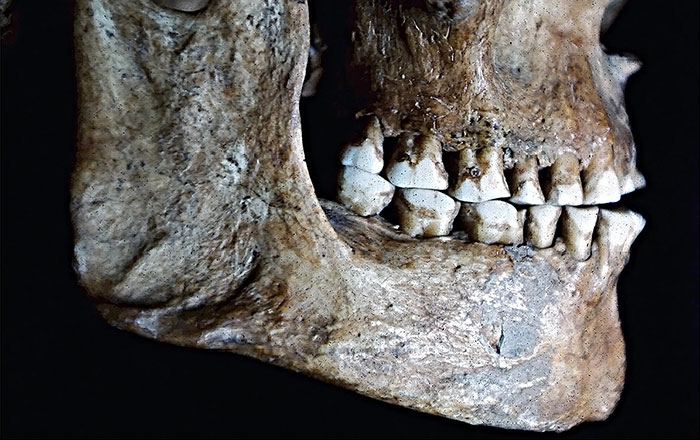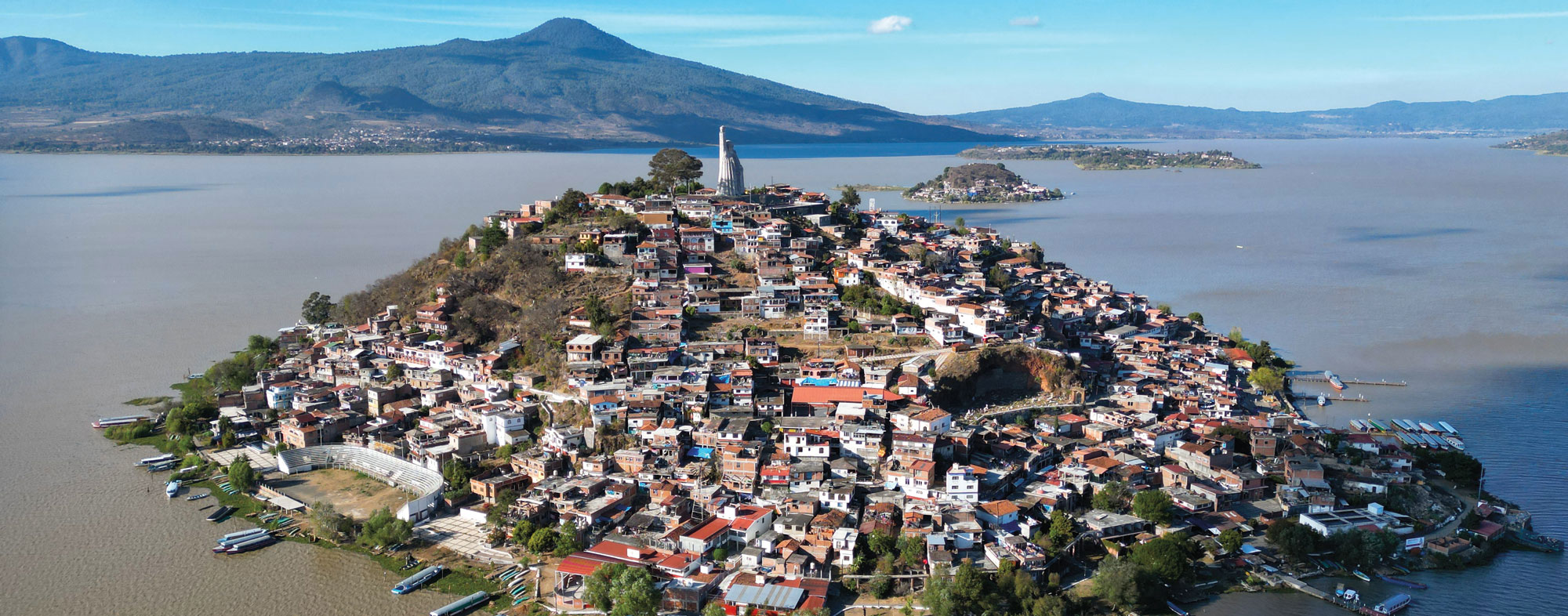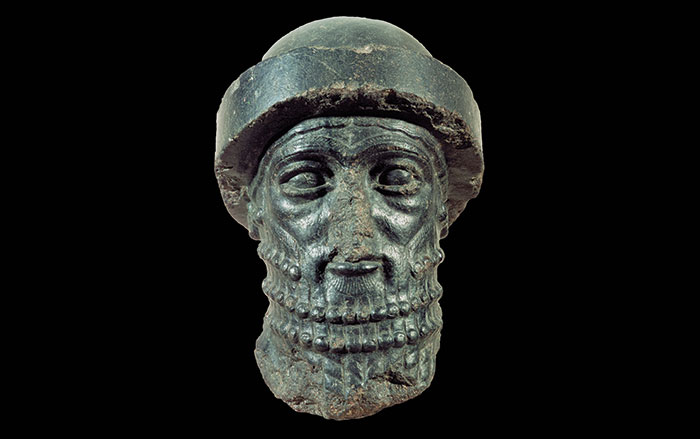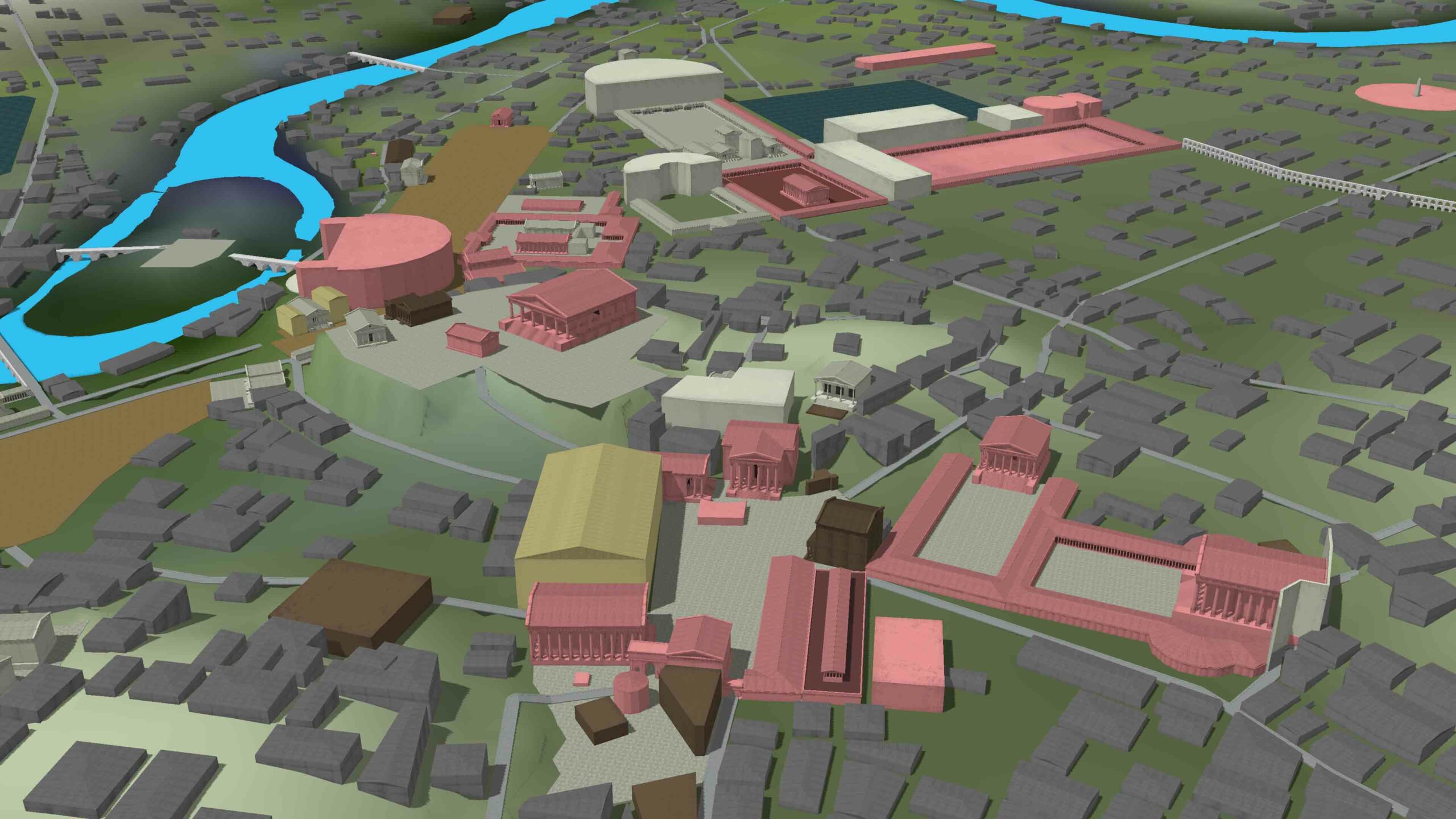
ST LOUIS, MISSOURI—Phil Slater and Kristin Hedman of the Illinois State Archaeological Survey, and Andrew Thompson of the West Virginia School of Osteopathic Medicine, analyzed 203 teeth from 109 bodies found in Cahokia’s Mound 72. The mound, excavated in the 1960s, contained three large pits that held human remains laid out in neat rows. Most of the dead were young women who had been killed, perhaps by strangulation or blood-letting. However, a separate deposit held the bones of 39 men and women who had suffered fractures, had been shot with points, and even decapitated, then dumped into the burial site. “The initial interpretation of the burials of young women suggested they represented ‘tribute’ from outlying communities. Our analysis provides evidence that suggests the young women may have come from within the region, if not from Cahokia itself,” Slater told Western Digs. Those who suffered violent deaths were also locals, but their biology was more similar to each other than the other dead from the mound. “With the development of strontium analysis, there became a way to actually test the immigration hypothesis by looking at the bodies of the people buried at Cahokia,” explained Thomas Emerson, director of the Illinois State Archaeological Survey. To read more about Cahokia, go to "Mississippian Burning."









